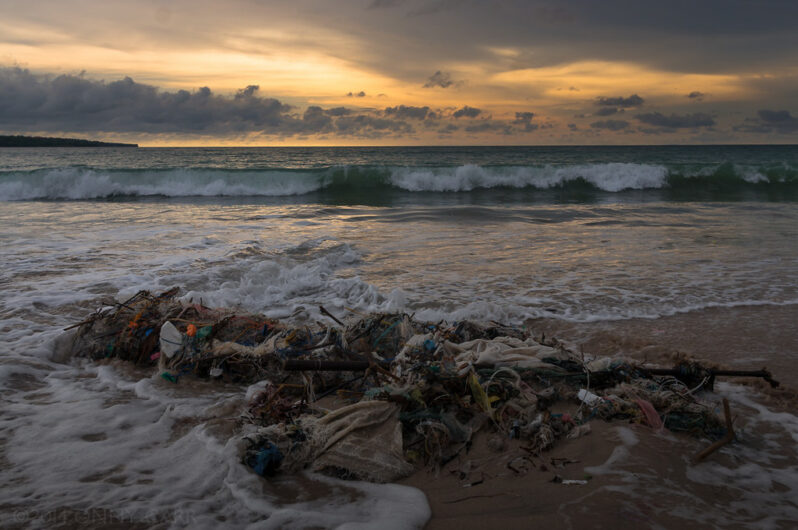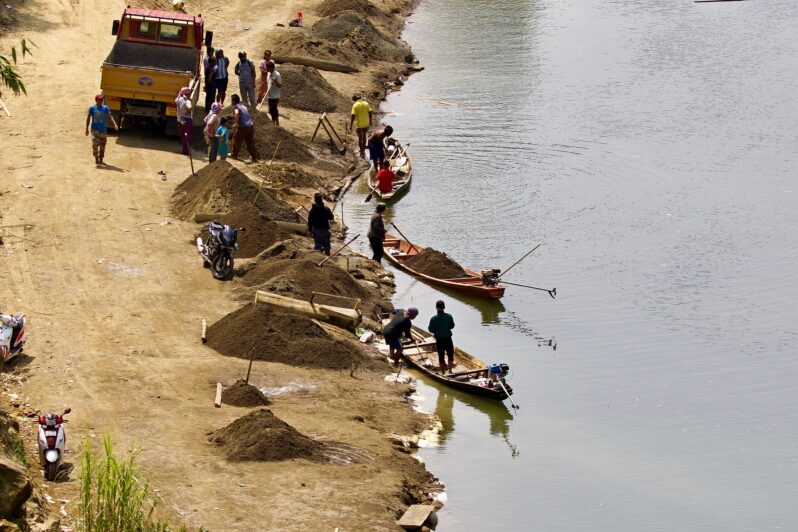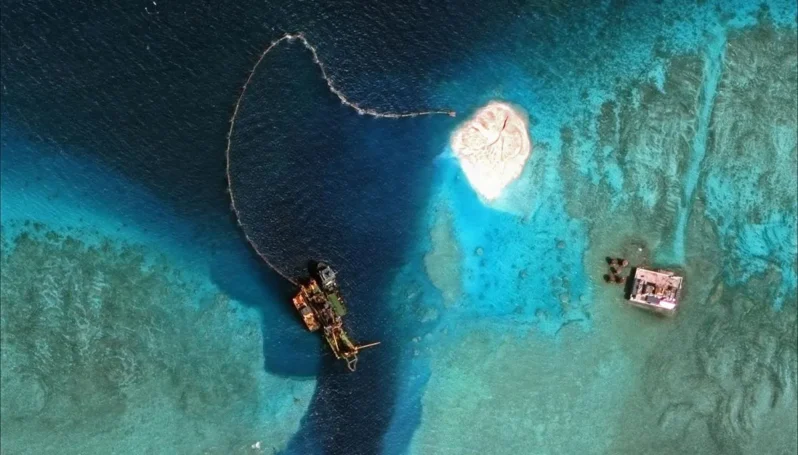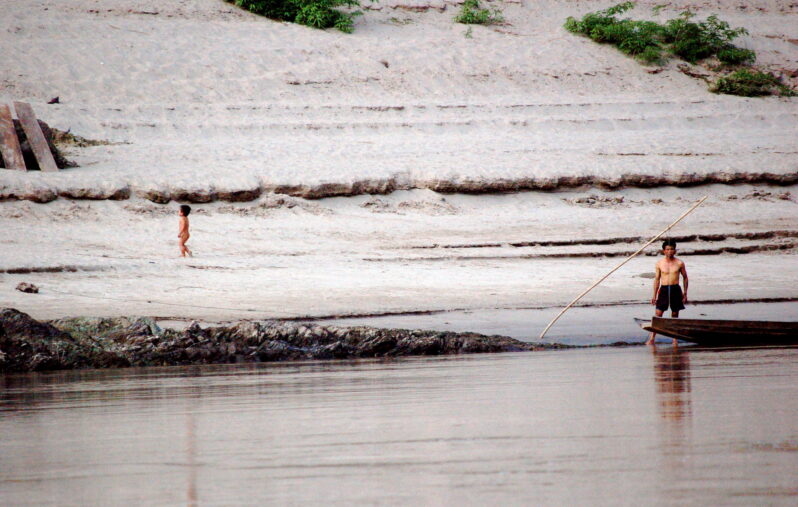These countries produce the most plastic pollution in our oceans – and they’re not the ones you might have guessed – the Independent

Trillions of pieces of plastic are estimated to float in oceans around the world…
Looting of the sea: the great sand theft – ABC

It is the most demanded raw material after water. It is used to make concrete, chips, detergents, paints… and even artificial islands. The big cities are hungry for sand and to satisfy it, the world’s beaches are being plundered….
New islands are being built at sea – but they won’t help millions made homeless by sea-level rise – the Conversation

Dubai’s famous Palm Jumeirah is not the only man-made island to have emerged from the sea this century. Over the past 20 years, many islands have been built to accommodate both tourists and well-heeled residents – especially in the Arabian Gulf states and China..
Nowhere to fish, nowhere to farm – Beneath the Sands ERC

Across Asia and Africa, countries are dealing with massive sand mining that destroys fishing grounds, farmlands, and homes.
Beting Aceh, an island in Riau Province, Indonesia, has been Eryanto’s home for 40 years. The island is known for its white sandy beaches and clean ocean water; more than half its residents are fishers.
But the island has drastically changed over the past two years. The ocean water is getting murky, the beach is shrinking, and it has suffered from massive erosion, indicated by the uprooted trees strewn along the coast. Many villagers say the damage is linked to a sand mining operation happening between Beting Aceh and the neighboring Babi Island…
What China Has Been Building in the South China Sea – the New York Times

China has been rapidly piling sand onto reefs in the South China Sea, creating seven new islets in the region. It is straining geopolitical tensions that were already taut.
China’s activity in the Spratlys (Islands) is a major point of contention between China and the United States and was a primary topic of discussion between President Obama and President Xi Jinping of China during the Chinese president’s visit to the White House in September. On Monday, the United States sent a Navy destroyer near the islands, entering the disputed waters…
China’s Mekong dams turn Thai fishing villages into ‘ghost towns’- Context

From February to April each year, Kam Thon spends most of her days knee-deep in the waters of the Mekong River by her village in northern Thailand, gathering river weed to sell and cook at home. Kam Thon and other women who live by the Mekong have been collecting river weed, or khai, for decades, but their harvest has fallen since China built nearly a dozen dams upstream. The dams have altered the flow of water and block much of the sediment that is vital for khai and rice cultivation, researchers say…
